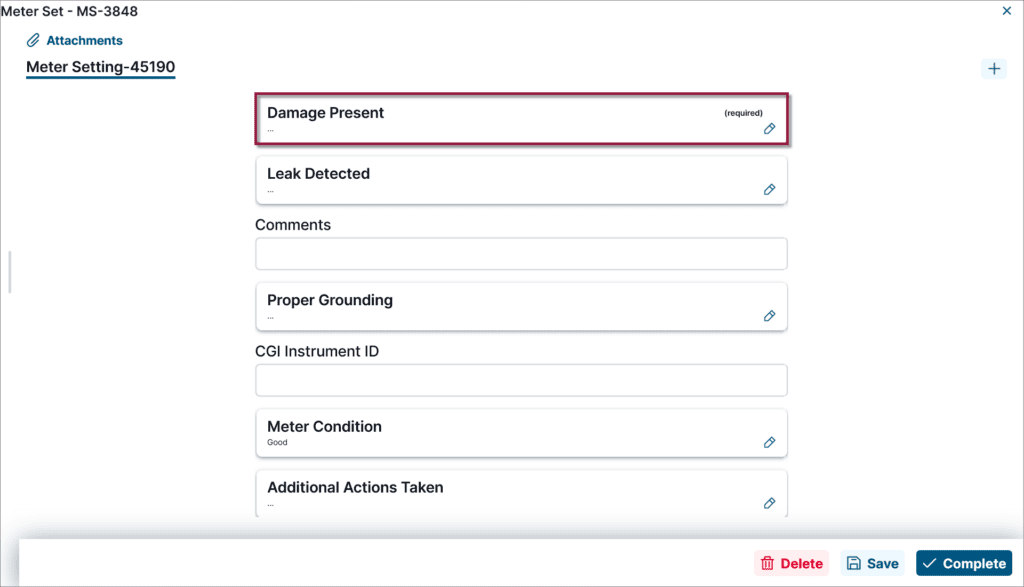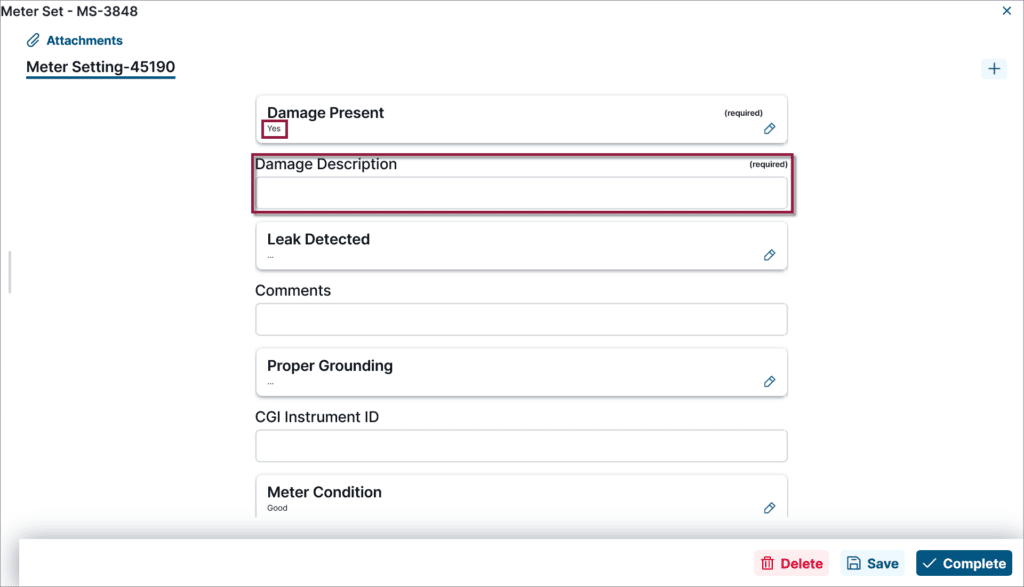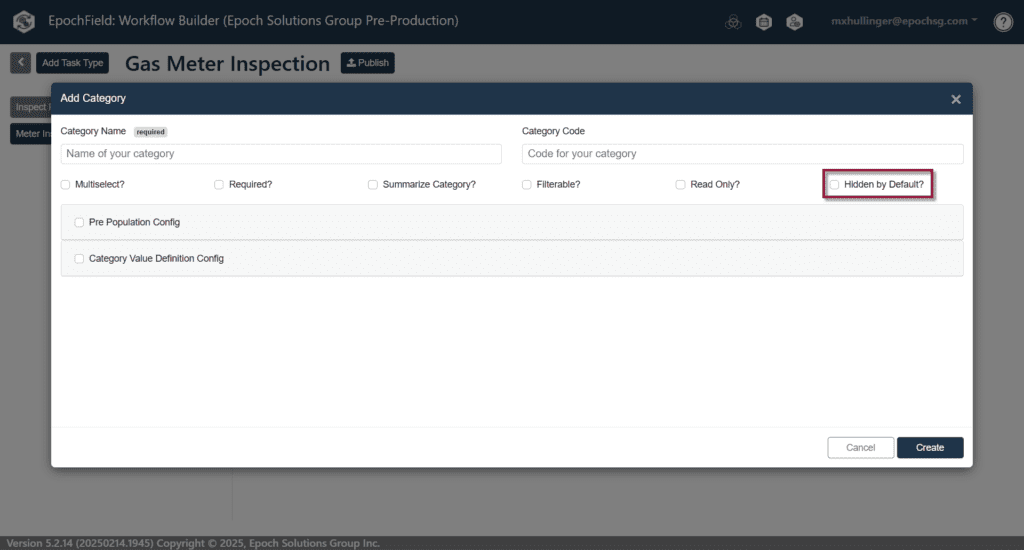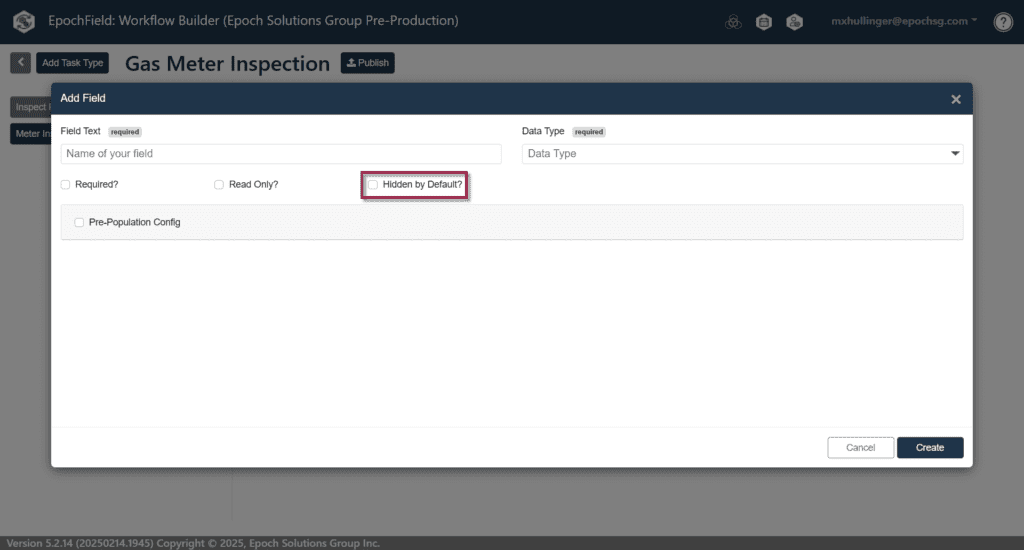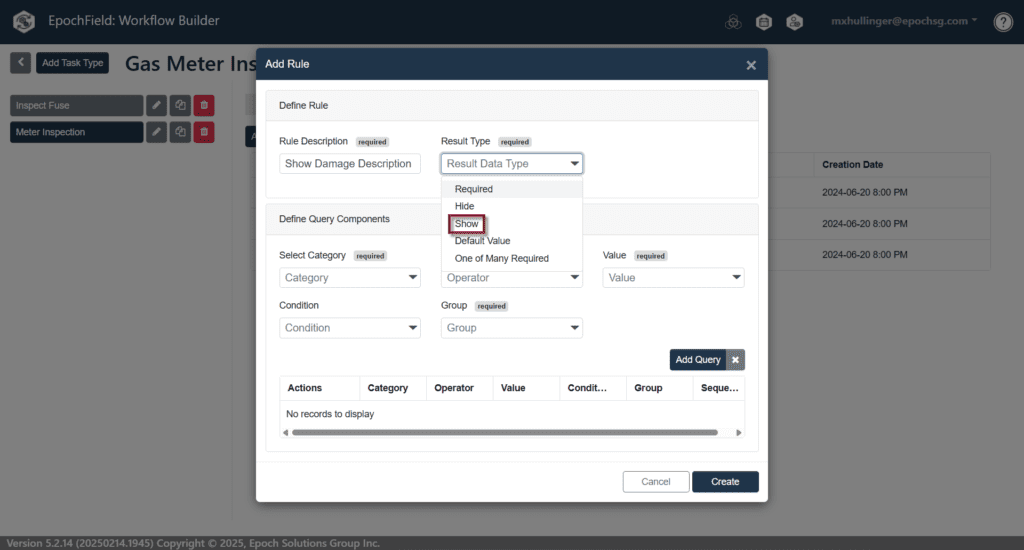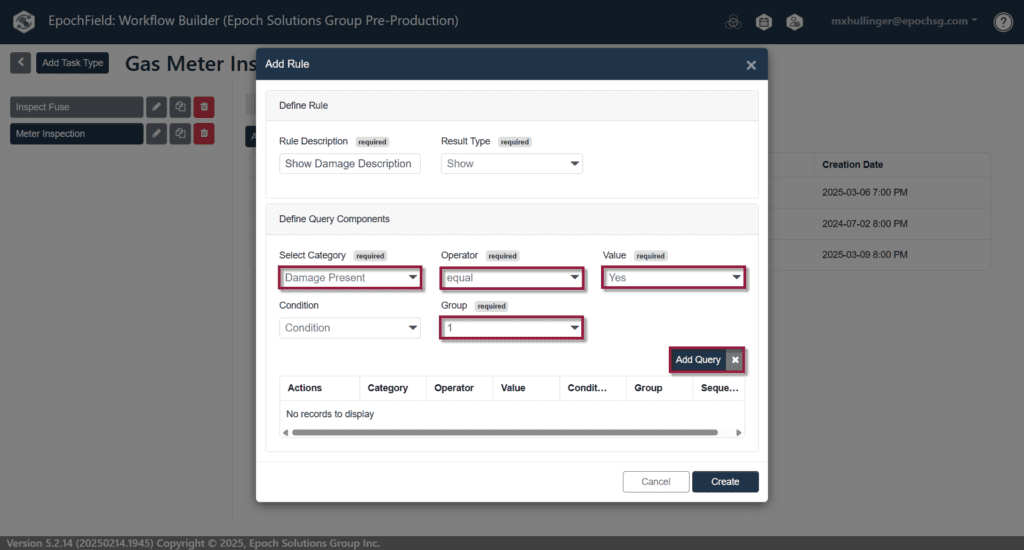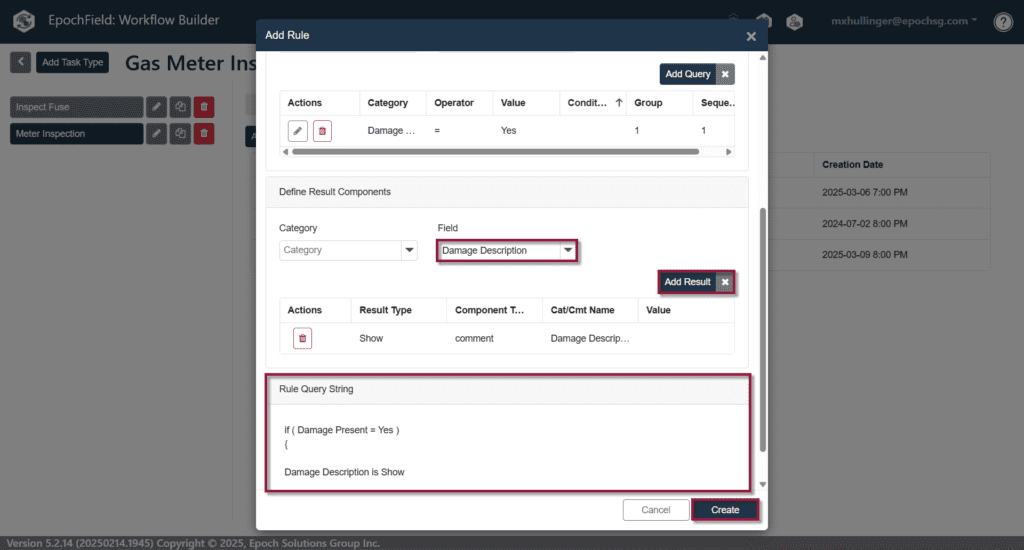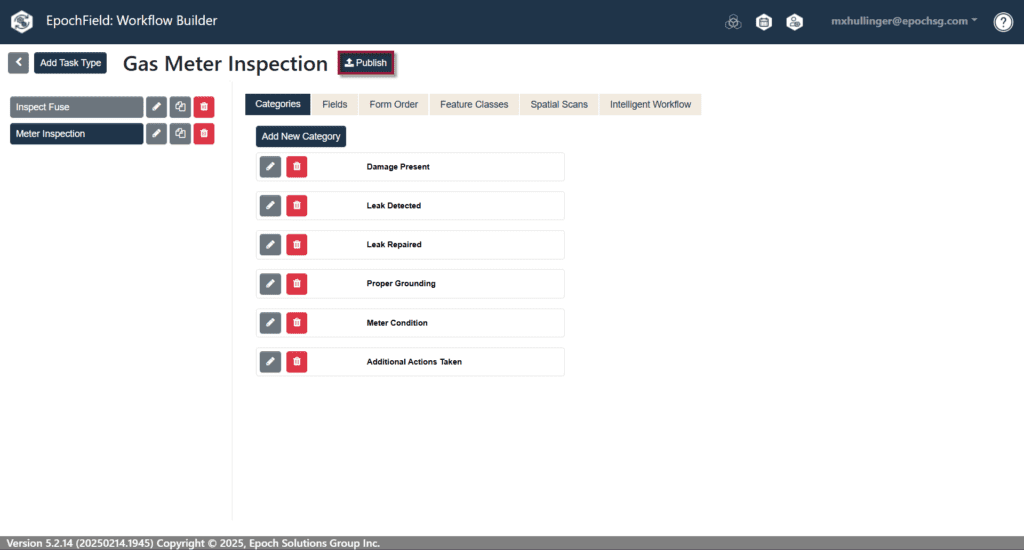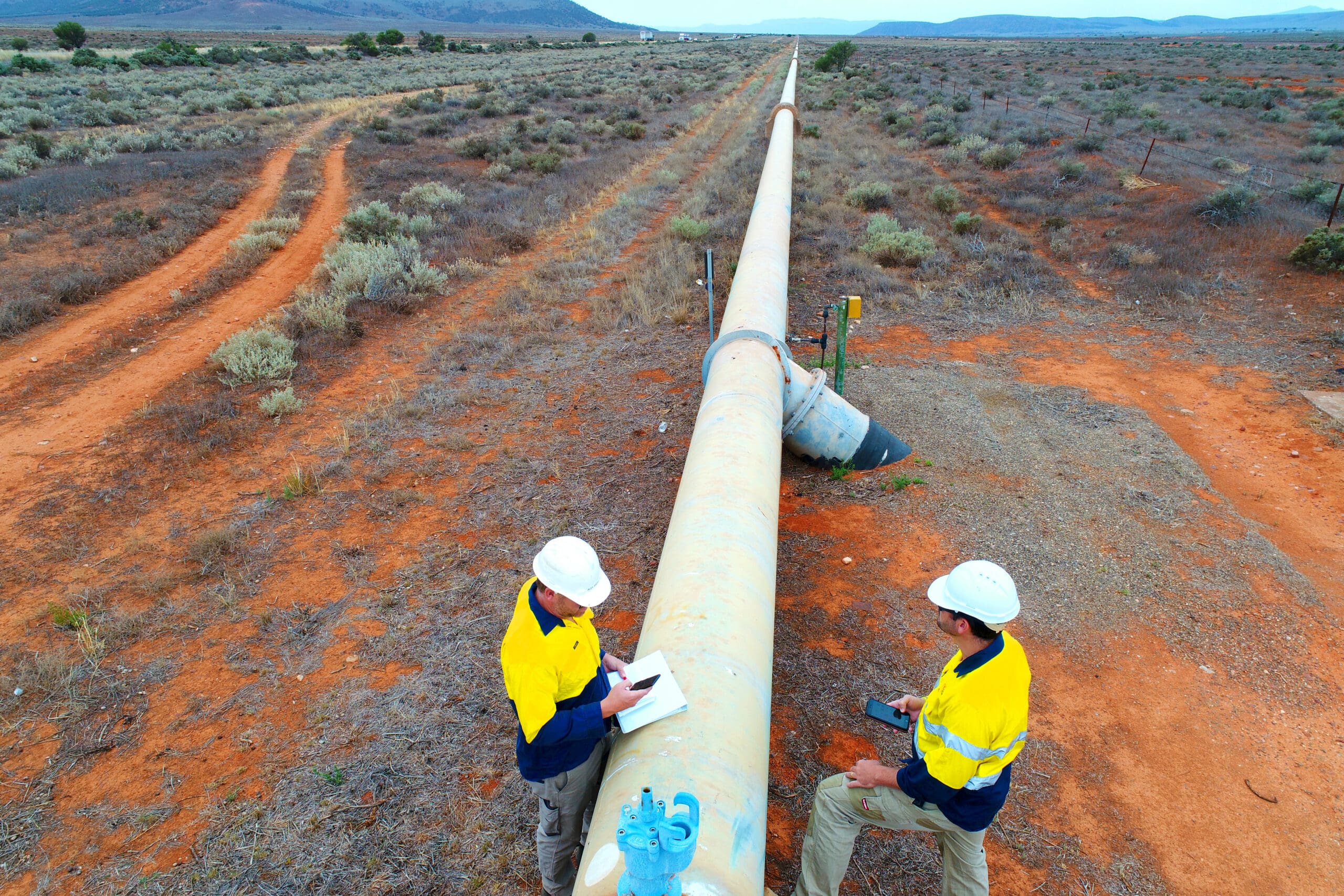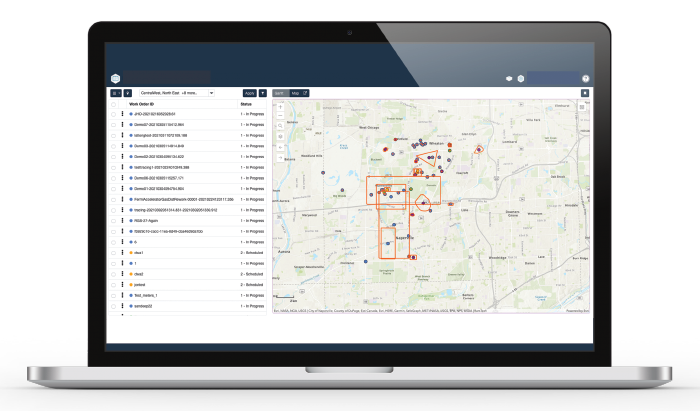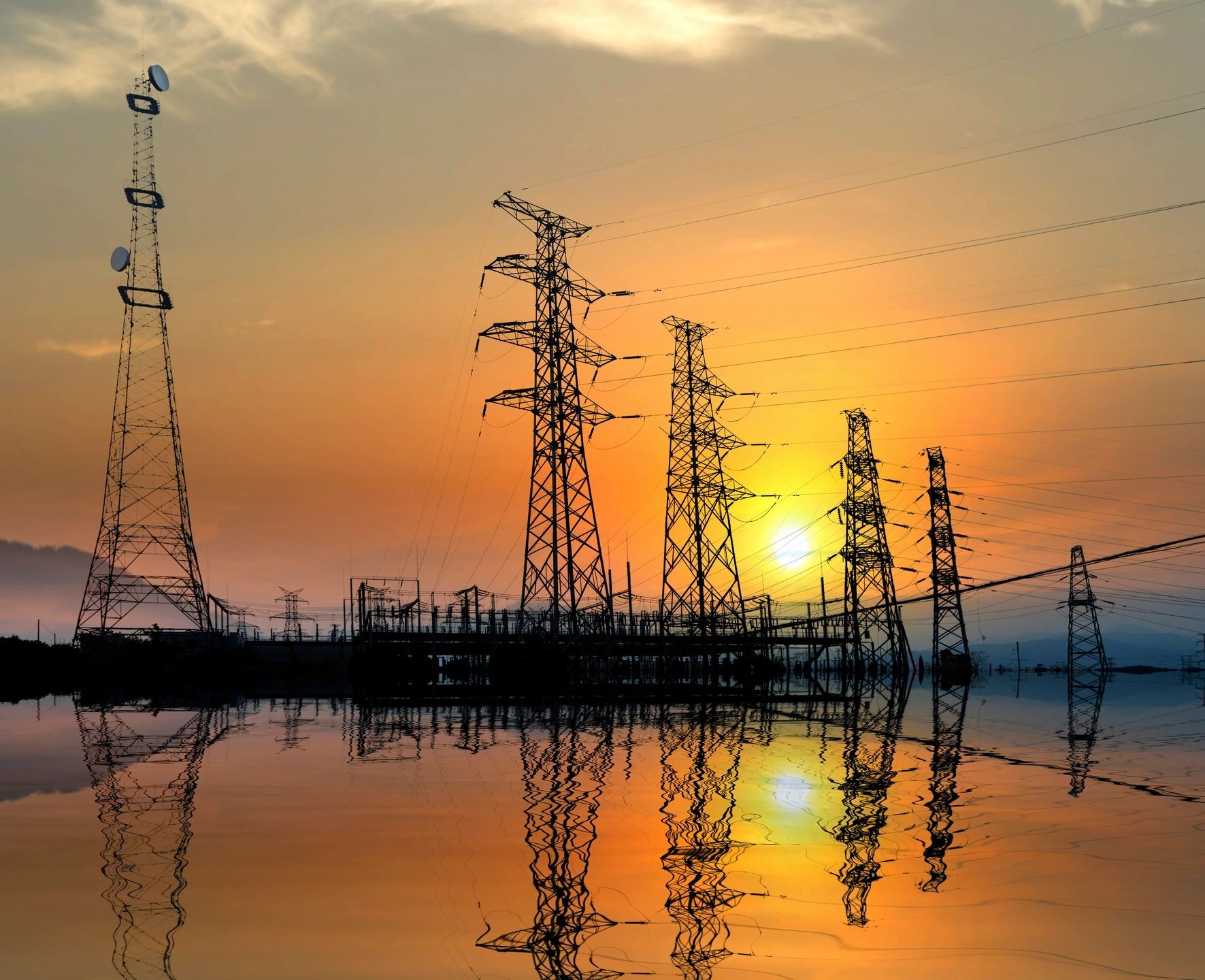Project Summary
Project Type:
Modernization of SRP’s GIS architecture through deployment of EpochSync and EpochField, which including replacing deprecated GE Insync replication technology, enabling Esri-based system of engagement, and expanding field operations with mobile GIS tools
Number of Customers:
2 million+
Location:
Central Arizona
Applications:
To provide internal users and field crews with fast, reliable access to spatial data for inspections, maintenance, vegetation management, asset updates, and more To power over 30 business applications and 20+ system integrations including Maximo, SAP, ADMS, and 811 |
Solutions Implemented:
Customer Benefits:
Seamless data replication from Smallworld to Esri ArcGIS with minimal IT overhead Offline-first mobile access to GIS for 400+ field employees Unified mobile interface for inspections, work orders, and updates Real-time GIS data feeds to mission-critical systems like ADMS Reduced time to deploy new GIS-based applications Trusted long-term support from a knowledgeable integration partner |
Introduction
Salt River Project (SRP) is a nonprofit organization serving more than two million people across central Arizona with reliable, affordable utilities. It delivers electricity to over one million customers in metropolitan Phoenix and manages a large water network that supports both agriculture and urban growth.
13,000
square miles of watershed area
2,800
square miles of electric service area
To keep power and water flowing across a region that spans cities, farmland, and desert, SRP depends on systems that are scalable, stable, and tightly integrated. That need is especially critical for geographic information systems (GIS) and field operations, where real-time data and efficient workflows have become essential to daily performance.
The Challenge
In the early 2000s, SRP’s entire GIS ran on GE Smallworld. While effective as a system of record, it limited the utility’s ability to deliver timely, accessible network data to planners, engineers, and field crews. As SRP’s operational demands grew, so did the need for a more flexible, enterprise-ready GIS architecture. To modernize and unlock broader value from their spatial data, SRP turned to Epoch Solutions Group.
Leading the effort on SRP’s side was Mark Ledbetter, Senior Manager of Enterprise Spatial and Mobility Services. “When Epoch presented their solution during the RFP process, I was impressed, but I’ll admit I was a little skeptical,” he said. “Can they really pull this off? But they came in and delivered. It worked right out of the gate, and we didn’t hit any major bumps.”
Epoch Solutions Group was already familiar with SRP’s data model and technical environment, which made them a natural fit. Together, the organizations built a hybrid GIS architecture that played to each system’s strengths: Smallworld remained the system of record, while Esri ArcGIS became the system of engagement. This approach gave SRP stability where it mattered most, and also flexibility where needed.
The hybrid architecture gave SRP a strong, future-ready foundation, but it came with one major issue: data replication between Smallworld and Esri depended on GE’s Insync middleware. When GE announced it was retiring the product, SRP had a tough decision to make. The most straightforward fix was to rebuild the sync pipeline from the ground up, but that would have meant a long, costly, and highly disruptive project.
At the same time, SRP’s field crews were using a mix of disconnected tools to get their work done. Some still relied on paper maps. Others had to switch between separate apps for mapping, work orders, and photo capture. Each layer of complexity slowed things down and further underscored the need for a single, modern solution.
The Solution
Epoch Solutions Group delivered on both fronts, combining a deep understanding of SRP’s data architecture with a proven track record in utility GIS modernization. First, they introduced EpochSync, a configurable data migration tool that allowed SRP to fully replace GE Insync without rebuilding integrations from scratch. Because EpochSync could reuse the configuration files SRP had already developed, the deployment took only two to three months. The system has now run daily for over a decade.
“We had considered other options, but it would have meant starting over,” recalled Ledbetter. “Anything else would have taken much longer and cost far more.”
Since adopting EpochSync, SRP has steadily expanded the impact of its GIS across the enterprise. The Esri-based system of engagement now supports more than 30 GIS-powered business applications and integrates with over 20 internal and external systems, including Maximo, SAP, CIS, Arizona 811, GeoTAB, and SRP’s Advanced Distribution Management System (ADMS). EpochSync serves as the reliable data pipeline that delivers accurate, up-to-date spatial data to each of these tools.
“EpochSync is the jugular vein of our GIS ecosystem,” said Ledbetter. “It feeds everything. Mobile apps, web maps, analytics. It’s critical to operational systems.”
The architecture also enabled SRP to scale mobile access to geospatial data. Every SRP employee now has access to GIS data through the enterprise Esri web map, and more than 400 field employees use mobile solutions powered by Epoch Solutions Group software in their daily work. These tools support asset inspections, vegetation management, meter installations, and equipment serialization, all based on live, accurate data.
Next Up: The Field Transformation
In 2024, SRP began rolling out EpochField, which is Epoch Solutions Group’s modern mobile mapping and work management solution. The goal is to simplify daily operations for over 400 field employees by replacing SRP’s scattered tools with a single, unified app. When the integration is complete, crews will be able to access maps, work orders, photos, and updates—all in one place, with one login.
EpochField’s architecture is especially valuable to SRP because of its flexibility. Unlike off-the-shelf products that would have forced a one-size-fits-all approach, EpochField is able to be configured to SRP’s specific needs without custom development.
Early feedback has been promising. Field supervisors have reported fewer support requests and more consistent workflows across departments. “We envision a future where our field crews receive work assignments and update work orders through EpochField,” said Ledbetter, “instead of switching between multiple applications and login processes.”
The Results
Nearly two decades after first rethinking its GIS architecture with Epoch Solutions Group, SRP now runs one of the most robust, adaptable geospatial platforms in the utility space. With support from the Epoch team, SRP has scaled its system to effectively meet growing demand across planning, operations, and field execution.
Today, the architecture supports more than 30 GIS-powered business applications and over 20 live integrations, from enterprise platforms like SAP and Maximo to field systems and operational tools. More than 400 field employees use mobile workflows powered by EpochField, while all SRP staff can access spatial data through the enterprise Esri map.
EpochSync replaced GE’s deprecated sync technology quickly and efficiently, avoiding a costly rebuild and proving reliable over time.
Perhaps most telling of all: two decades after the system was first implemented, that same foundation continues to power new tools, workflows, and integrations—without requiring a re-platform or large-scale rework.
Industry Context
SRP’s story reflects broader changes in the utility industry. GIS has moved from static map-making to real-time operational modeling. Outage management and infrastructure planning now rely on complete and timely spatial data. Meanwhile, smartphones have changed how field teams work, and distributed energy resources like rooftop solar and electric vehicles have added pressure on utilities to model and manage the grid with precision.
“There’s a heightened emphasis on complete, timely, and accurate GIS data,” said Ledbetter. “Our current GIS strategies are very focused on making sure that data flows everywhere it’s needed, in real time.”
Epoch Solutions Group’s tools help make that possible. EpochSync ensures every integrated system works from the same authoritative source, while EpochField brings relevant, reliable information directly to the people doing the work.
Looking Ahead
SRP plans to use EpochField as its primary mobile interface for all field-based tasks. Work assignments, inspections, and updates will flow through the same interface, reducing the need for multiple systems. The team is also exploring how to use synchronized GIS data to support emerging use cases like predictive maintenance, vegetation risk analysis, and meter health scoring.
As the electric grid becomes more dynamic and digitally enabled, SRP expects its hybrid GIS foundation to grow in importance. “We’ve built a platform that’s ready for what’s next,” Ledbetter said.
Conclusion
For utilities considering a similar transformation, Ledbetter offers this guidance: “Choose partners who understand your data, invest in configurable tools that evolve with your needs, and build relationships you can rely on over the long term. With deep domain knowledge, flexible technology, and a collaborative approach, the right partner can make modernization faster, smoother, and more successful.”
Epoch Solutions Group has supported SRP through every stage of its GIS transformation, from foundational data replication to integrated mobile fieldwork. If your utility is exploring similar goals, talk to an Epoch utility specialist to discuss your needs.







